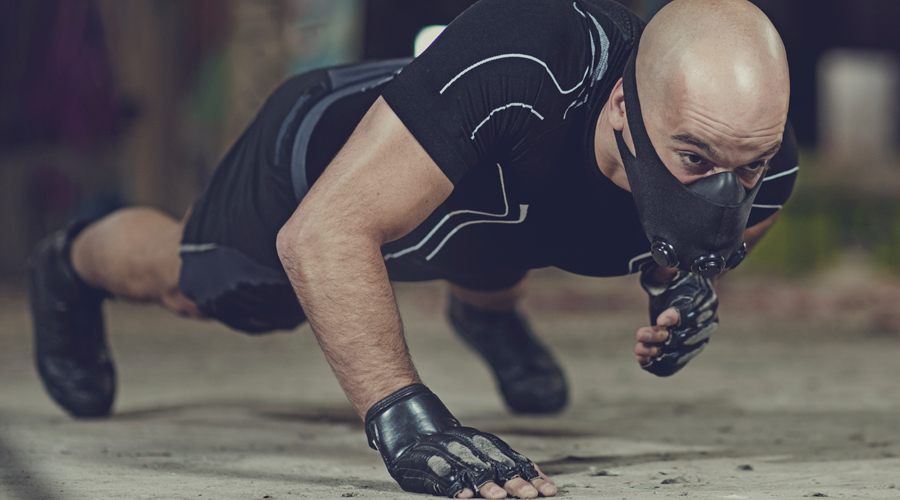The American Council on Exercise (ACE) set out to evaluate whether elevation training masks, which have been trending among elite elite runners and consumers training for high-aerobic events, achieve the same affects as training at high altitude.
These masks purportedly work by limiting the flow of air to the nose and mouth in an attempt to simulate the effect of training at higher altitudes— a longstanding hack for athletes prepping for important competitions and events.
Training Mask, LLC, manufacturer of Training Mask 2.0, claims its mask offers a number of benefits, including increasing V02 max—a key biological marker for aerobic exercise capacity and endurance performance.
The purpose of the ACE study, commissioned to researchers at the University of Wisconsin-La Crosse, was to determine the effect of training while wearing the ETM on ventilator threshold (VT), respiratory compensation threshold (RCT, VO2max, power output, lung function and hematological variables.
In the study led by John P. Porcari, Ph.D., researchers split 24 study participants into two groups: one wearing the mask and one not. Both groups completed identical six-week training protocols, and researchers tested everything from blood variables to lung function and power output before and after the six weeks.
“When it comes to increasing the oxygen-carrying capacity of the blood, the benefits of elevation training are powerful and irrefutable,” said ACE Chief Science Office Cedric X. Bryant, Ph.D. “But elevation or high-altitude training remains complex and tough to replicate without an actual high-altitude environment.”
Study findings indicated that some of the manufacturer’s claims such as improvements in V02 max and overall power output while wearing the Training Mask 2.0 fell short. The mask did, however, improve two important factors for athletic performance, overall respiratory compensation threshold—the amount of time each participant could exercise without getting winded—and power output at respiratory compensation threshold —the level of exercise intensity each participant could handle without getting winded.
















